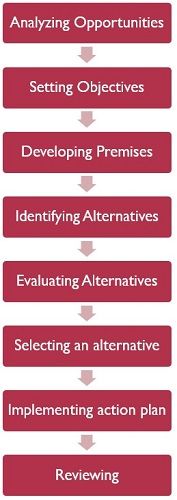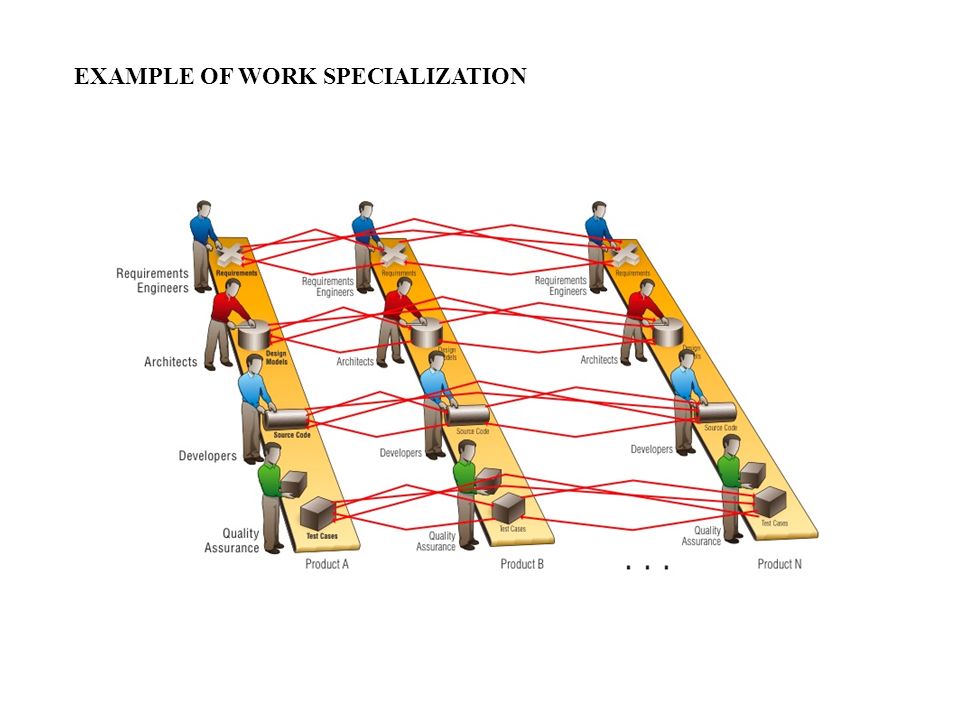As organizational learning professionals, we have received many questions over the years about what makes for a good organizational learning plan. We saw a lack of good resources, including publicly available organizational learning plans for others to learn from and adapt. This blog series is intended to fill that gap. In this series, we share our thoughts on what an organizational learning plan is, how to create one, and most importantly how to implement it so that what is included in the plan actually gets done.
An organizational learning plan outlines how an organization will create, acquire, analyze, share, and use learning. First some orientation:
- In this blog series, we are focusing on organizational learning plans within a relatively small organization (<200 staff). We think the information here will be relevant to larger organizations, but creating an organizational learning plan across an agency with hundreds or even thousands of employees is a different kind of effort. We are also steeped in the international development field, specifically working with USAID; therefore, our language and reference points match that experience.
- By “learning” we are referring to both operational learning and strategic learning. Operational learning focuses on how the work is being carried out and informs decisions about how we do our work in the day-to-day, while strategic learning uses data and insights to inform decision-making about longer-term strategies (for more on strategic learning, see this piece from the Center for Evaluation Innovation).
At its core, an organizational learning plan should answer some basic questions:
- What do we need to know in order to be effective and enlightened?
- How will we create, acquire, analyze, share, and use our knowledge?
- Who will do what to ensure we create, acquire, analyze, share, and use our knowledge?
- How will we resource and reinforce these practices within our organization?
We are using the words effective and enlightened on purpose.
- “Effective” typically means your organization learns things that help it fix immediate challenges. It asks, “are we doing things RIGHT?” This question is most closely associated with operational learning. It’s not always asking whether what you’re doing is even the right thing to do, it’s asking how can we do the thing we are doing better. This is also referred to as single loop learning. Single loop learning is like a thermostat that learns when it is too hot or too cold and turns the heat on or off. It receives information and can take corrective action to make adjustments.
- “Enlightened” means that your organization can determine whether it is doing the right things and therefore take action accordingly. It asks, “Are we doing the RIGHT THINGS?” This is also referred to as double loop learning and is more closely associated with strategic learning. Single loop is learning that keeps you on track to pre-set goals (e.g. keep the temperature at 75). Double loop is learning that allows space for reflecting on whether your goals are the right one (e.g. maybe I can stay warm by putting a sweater on).
For a more nuanced discussion of types of learning, see Dave Algoso’s excellent discussion on taxonomy of organizational learning.
Why does organizational learning matter?
Monalisa Salib already wrote a great piece on this, and we want to refer you there! She makes four main arguments for why learning matters:
- Continuous Improvement: “‘Learning matters because it empowers us all to make better development decisions and achieve greater impact.’” This is, hands down, the most important reason why learning matters.
- Efficiency: “If we come to realize, only years later, that we reinvented a wheel that already existed and failed to function, how much time, energy, and money could we have been saving and putting towards something with greater promise?”
- Engagement: “…wouldn’t we be a happier and more engaged workforce if we spent more time grappling with the tough questions and strengthening our discipline?”
- Humility: “If we recognize that there is so much we have yet to understand about the contexts in which we work, how change happens, and how best to go about achieving results, we see a clear need for institutionalizing curiosity in our organizations.”
Why do you need an organizational learning plan?
Bottom line: An organizational learning plan brings intentionality to learning. In the USAID world of collaborating, learning, and adapting (CLA), we talk about being systematic, intentional, and resourced. A learning plan enables organizations to be:
- Intentional by outlining what you are going to do
- Systematic by outlining how you are going to do it
- Resourced by outlining what you need to make it happen
What is the difference between an organizational learning plan, a MEL plan, a CLA plan, another type of plan? Are these all the same thing?
There is a lot of confusion about the difference between an organizational learning plan, a Monitoring, Evaluation, and Learning (MEL) plan, a Collaboration, Learning, and Adapting (CLA) plan, a learning agenda, a knowledge management plan, and a continual improvement plan.
All of these plans might be the same thing depending on your industry. The point is that an organizational learning plan should tell you what you need to know, how you will learn, and what you do with that learning along the way in order to be the most enlightened and effective version of your team, program, or organization. MEL plans, CLA plans, learning agendas, and continual improvement plans can all achieve that purpose — sometimes it just comes down to what language you want to use (because it’s the way you talk in your organization — the language resonates). An aside: there are a plethora of great resources on learning agendas available. Start with this Learning Agenda resource page.
In the USAID world, certain plans are required by policy. If that’s the case (such as a MEL plan at the activity level or the Performance Management Plan (PMP) at the USAID strategy level), then ask yourself:
Is the plan we are coming up with going to describe what we need to know and learn along the way in order to be the most enlightened and effective version of our team or organization?
If not, then the contents of your plan need to change, regardless of what you’re calling it. You’ll need to think deeper about the purpose of the plan. A plan is not a list of indicators — it lays out your approaches for a constant state of becoming a better organization.
Note: whatever you do, don’t have multiple plans with similar purposes (a learning agenda and a MEL plan on the same program or team) that are managed by different people who do not coordinate. This is a recipe for disaster, as it will confuse your colleagues, overcomplicate the process, and act as a barrier instead of an enabler to collective learning on your team.
When are you “done” with the organizational learning plan?
You are never really “done” with an organizational learning plan, because you are never really done with learning. Think: “good enough to get started” and then implement and learn as you go! Our advice in this area is to be wary of falling in love with your plan or the act of planning. This can sometimes present as trying to perfect the plan or failing to test pieces of the plan before its ultimate finalization. That means you love your plan more than implementing the plan. The purpose of the plan is to take action so it’s a good idea to go for a minimum viable product. Even in large and complex organizational contexts, there is always a way to test and experiment.
Once implemented, revisit the plan and update it based on how well your learning practices are working and any changes to strategy that affect your learning priorities. Be careful to avoid what Monalisa calls “meta-L2 syndrome” — the state of learning about learning to the point of alienating your very pragmatic colleagues who may (rightfully) accuse you of navel-gazing.
What are some examples of learning activities?
Outside of After Action Reviews (AARs), what are other ways that individuals can learn together in their organizations? Take a look at the illustrative list below to get you thinking creatively for your organizational learning plan. These activities should be in service of your learning questions and match the level of effort your team is willing and able to put into learning.
- Before Action Reviews — the forgotten cousin of the After Action Review! This is a great exercise before an activity, especially if a lot of time has passed since the AAR to solidify the learning and ensure it gets incorporated into the new activity.
- Learning Book Clubs — reading something (a short article, blog, or book) and discussing it as a team. This allows your team to make meaning of what you read together and discuss important implications for your work.
- Users Experience Fish Bowls — having team members reflect on a topic, for example, a learning question, and having the rest of the team observe from the outside. You can switch team members in and out. The purpose of this exercise is to learn through listening to others’ thought processes.
- Outcome Harvesting Learning Journals — Encouraging staff to utilize outcome learning journals to document their perspectives on the outcomes they are observing.
- Reflection Fridays — Dedicating time, perhaps the last Friday of every month, to reflect on what you are learning in service of your theory of change and broader strategy as a team.
- Quarterly Review — a great methodology to discuss how things are going, reflect as a team on emerging lessons and challenges, and to strategize on how you can strengthen your effectiveness in the months to come. To increase engagement, try using fun and games.
- What? So What? Now What? — A methodology that encourages participants to reflect together and share new insights. It is great for guiding decision making.
- “How Might We…” Statements — A user-centered design technique that can be applied in teams to encourage generative learning. It helps us to pause and explore different solutions instead of just jumping to the most familiar one when presented with a problem.
- Strategic Decision Making Process Flow — Ian David Moss created this flow to help break down decisions to more holistically account for what we know. In this post, he includes the “wrap around model” to draw out decision making into a multi-step process.
- “I Like, I Wish, I Wonder” — A super simple methodology to guide learning group sessions focused on generating actionable insights.
- Strategy Triage Tool — A simple five-square matrix useful for reflecting on strategic learning.
- Six Hats Reflection Tool — A facilitated exercise that encourages teams to acknowledge their layered experiences together. This is a great tool for productively engaging and releasing emotions.
Blog is curated by Vikram Kakri.

